Crop anomalies cause huge losses for breeders and growers every year. Anomalies vary from tip burn, and yellow-brown leaves to the start of pest and disease infestations. The 100% automatically flying drone scans the crop and the AI-powered software reports crop anomalies. Worldwide, growers of roses, lettuce, or pot plants and breeders-propagators of mother stock plants (cuttings) use the crop anomaly information.
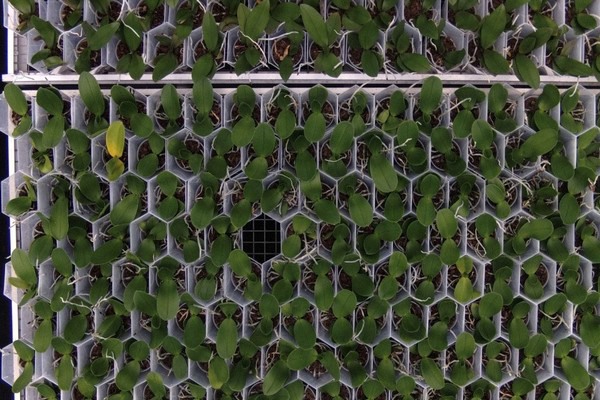
Corvus Drones was founded in 2019 and won many international innovation prizes like the Greentech Amsterdam Innovation Award. In Holland, the first application was tested focusing on seed germination and usable plants for young plant producers and breeders. The years after multiple applications are developed to monitor crops from seed to sales all over the world. Examples are growth, readiness stage, inventory or irrigation inspection (like gutter alignment). The Corvus Drones team consists of 10 people and the drones fly in more than 15 countries worldwide.
The latest application is crop anomaly detection which was introduced early 2023. What is crop anomaly detection? Every change of greenhouse crops is detected by the drone and the software has been trained to have a special eye for: tip burn, yellow-brown leaves, lagging canopy coverage, and lesions (start of disease infestations). In some crops, pest and disease detection is validated. Powdery mildew (roses), botrytis (lettuce), aphids (lettuce), caterpillars (lettuce) and Fusarium (orchids) are validated applications.
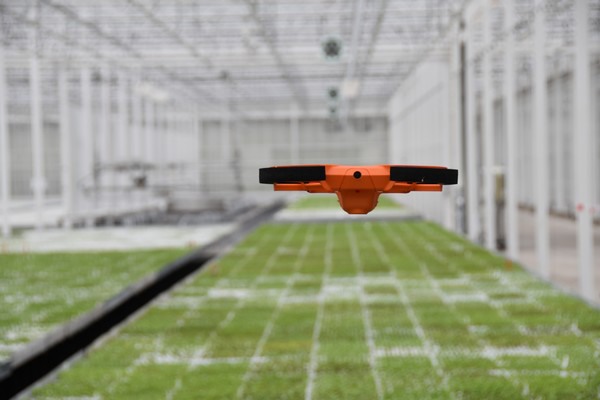
Selecta One has been using the Corvus Drones anomaly detection drone and software in their Kenyan greenhouses for over one year now. The result of the application is to manage crops on distance and retrieve directly actionable insights for the local staff. The drone scans the mother stock plants for anomalies like yellow leaves and canopy (growth) development. An interactive web application gives an overview of the greenhouse and red dots mark the 'immediate action' spots in the greenhouse.
Stefan Reiner, head of product development at Selecta One: "By using the drone information system we are capable of taking immediate actions, reducing crop risks and improving our cutting supply chain. This saves time and money for all stakeholders.".
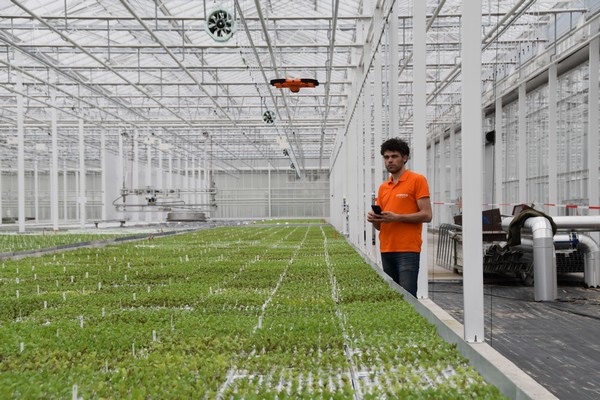
At OK Plants, Ter Laak and Opti-flor the orchids are monitored by the drone focusing on growth development and Fusarium detection. The lack of walking space in an orchid greenhouse makes crop monitoring a challenge. The drone monitors every plant with ease and one drone flight is being used for multiple applications like growth monitoring and anomaly detection. The software is able to recognize Fusarium specifically and this model is validated.
Friso van der Kruk, crop specialist at OK Plant: "We started the project a couple of months ago and within a relatively short time span the reporting is very accurate. The next steps are to detect other diseases like thrips and aphids. By using the drone information reports for multiple use cases, the value of the drone increases a lot.".
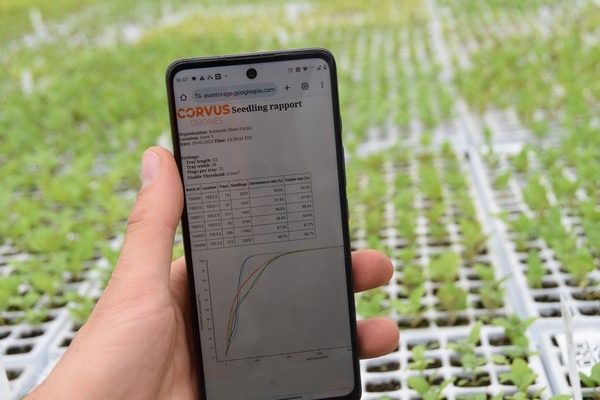
Corvus Drones is focusing on drone data-collection in greenhouse horticulture. The drone images are analyzed by various computer vision partners worldwide. Reporting to growers is via the Corvus Cloud in order to deliver the end-to-end-solution to growers. The Selecta crop anomaly analysis is done by Track32 and orchids by Agri Data Innovations (ADI).
Corvus Drones exhibits at Greentech Amsterdam. Live drone demonstrations will be given at booth 05.222 and at the drone arena in hall 3.
For more information:
Frans-Peter Dechering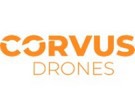
Corvus Drones
[email protected]
www.corvusdrones.eu
